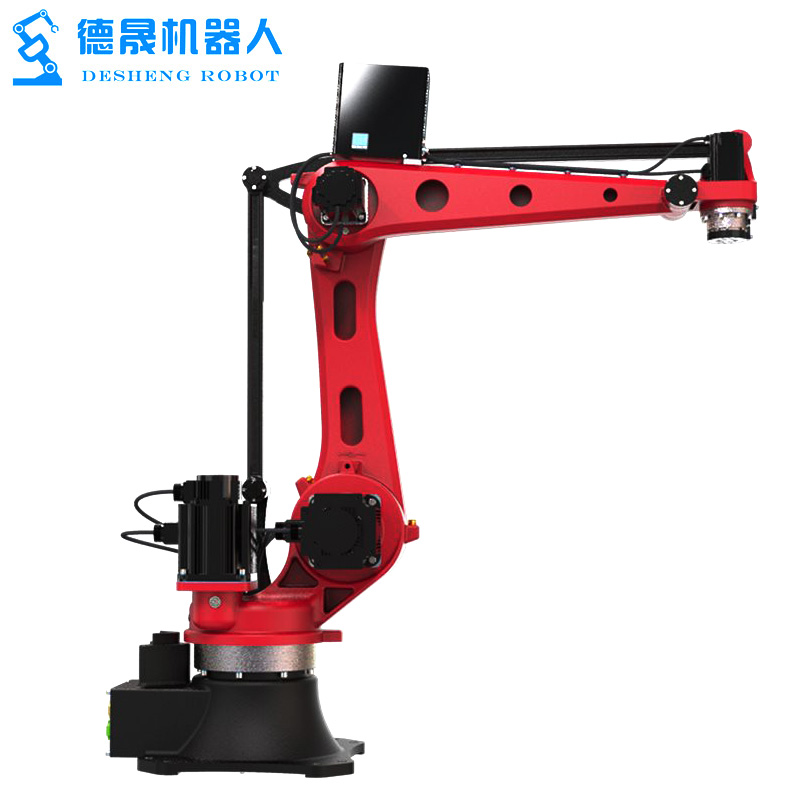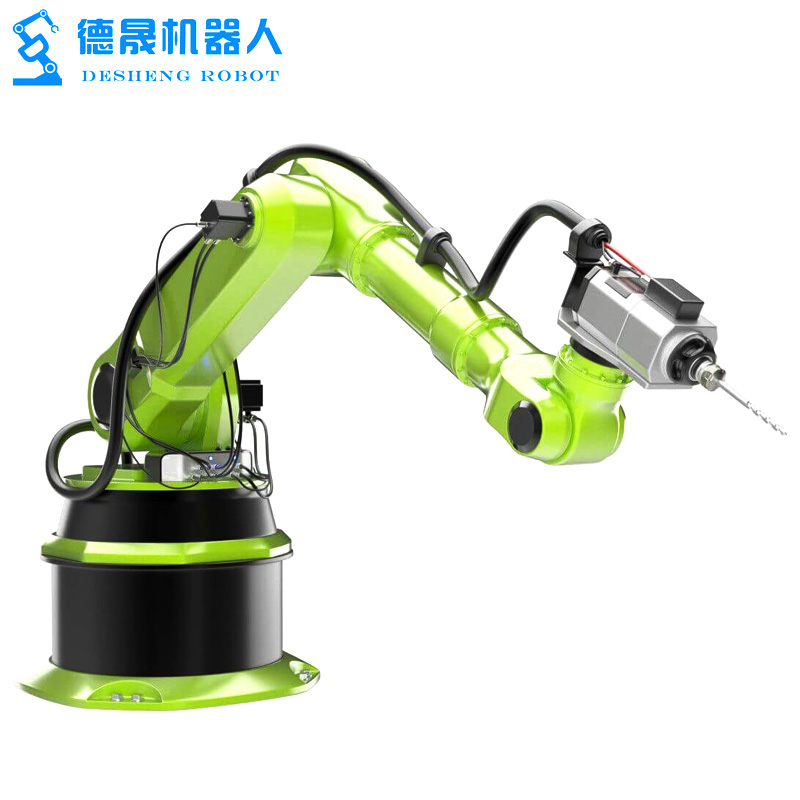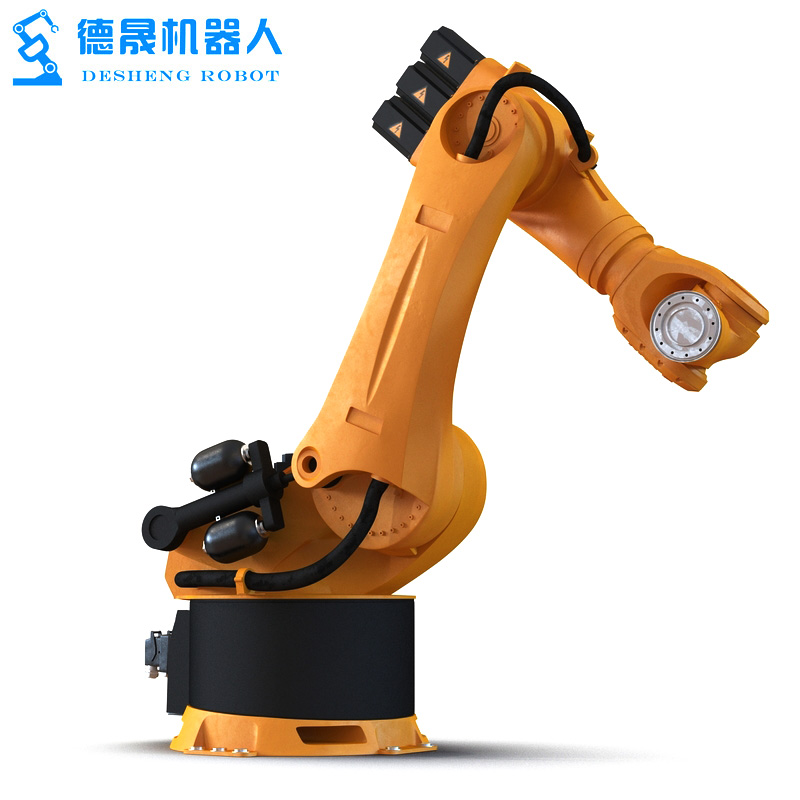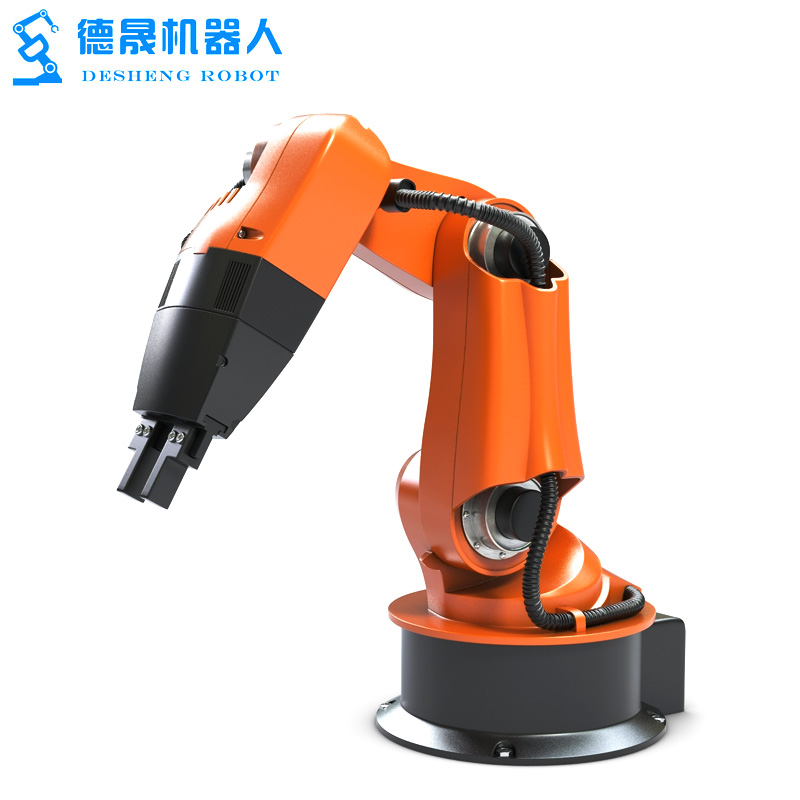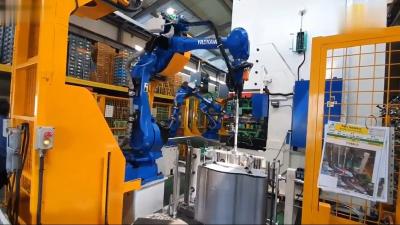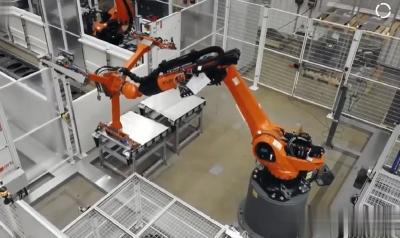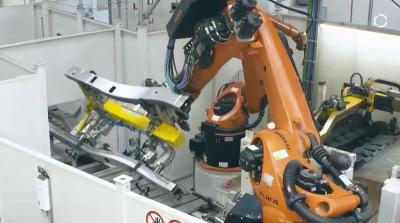Industrial Robot Simulator Ros
Advantages of Industrial Robot Simulator Ros:
1,Realistic Simulation: The Industrial Robot Simulator (ROS) offers a realistic simulation environment for industrial robots. It accurately models robot behavior, allowing users to test and validate robot programs before deployment. This simulation capability reduces the risk of errors and optimizes robot performance.
2,Cost and Time Savings: ROS enables cost and time savings in robot development and deployment. By the using simulator, developers can iterate and refine robot programs without the need for physical robots, reducing hardware costs and development time. It also allows for virtual testing of different scenarios, optimizing robot behavior and reducing potential downtime.
3,Enhanced Safety: ROS provides a safe environment for testing and training industrial robots. Users can simulate hazardous situations and evaluate safety measures without putting human operators or equipment physical at risk. This ensures that robots are programmed to operate safely in real-world environments, minimizing accidents and improving overall workplace safety.
Companies That Use Robots In Manufacturing:
The Industrial robot Simulator ROS provides a virtual environment for testing and programming Fanuc SCARA robots. This simulation tool offers cost-effective and time-saving benefits, allowing developers to refine robot programs without physical robots. When considering industrial robotic arm price, companies can find competitive options that suit their needs. Assembly robot arms, like the Fanuc SCARA robot, are widely used for precise assembly tasks in various industries. With the combination of the Industrial Robot Simulator ROS and reliable assembly robot arms, businesses can optimize their production processes and achieve higher efficiency.
PARAMETERS:
Model | DS-R6-08 | DS-R6-10 | DS-R6-20 | DS-R6-50 | DS-R6-165 | |
DOF | 6 | |||||
Driving Mode | AC Servo Driving | |||||
Effective Load | 8KG | 10KG | 20KG | 50KG | 165KG | |
RepeatAccuracy | ±0.05mm | |||||
Working radius | 1400mm | 1589mm | 1595mm | 1950mm | 2483mm | |
Weight | 180KG | 180KG | 290KG | 600KG | 1300KG | |
Motion | J1 | ±170 | ±170 | ±170 | ±180 | ±180 |
J2 | ±120~-85 | ±120~-80 | ±132~-95 | ±130~-90 | ±80~60 | |
J3 | ±85~-165 | ±85~-165 | ±73~-163 | ±75~-210 | ±80~-190 | |
J4 | ±180 | ±180 | ±180 | ±360 | ±360 | |
J5 | ±135 | ±135 | ±133 | ±115 | ±115 | |
J6 | ±360 | ±360 | ±360 | ±360 | ±360 | |
Max Speed(°/s) | J1 | 130 | 130 | 147 | 158 | 100 |
J2 | 130 | 130 | 100 | 149 | 90 | |
J3 | 130 | 130 | 135 | 130 | 104 | |
J4 | 270 | 270 | 300 | 215 | 144 | |
J5 | 170 | 170 | 198 | 251 | 160 | |
J6 | 455 | 455 | 194 | 365 | 215 | |
Power | 4KVA | 4KVA | 6KVA | 14KVA | 31KVA | |
Voltage | 380V or 220V | |||||
Frequency | 50Hz or 60Hz | |||||
DIMENSIONAL DRAWINGS:
ROBOT CONTROLSYSTEM:
APPLICATIONS:
1,Robot Programming and Testing: The Industrial is ROS Simulator Robot widely used for programming and testing robots industrial. It provides a virtual environment where developers can write and debug robot programs, ensuring they function correctly before deploying them on physical robots.
2,Training and Education: ROS is utilized in training and education programs for industrial robotics. It allows students and professionals to gain hands-on experience with robot programming and operation in a safe and controlled virtual environment. This enhances learning outcomes and prepares individuals for real-world robot applications.
3,Research and Development: The Industrial Robot Simulator ROS is a valuable tool for research and development in the field of robotics. It enables researchers to simulate and evaluate different behaviors robot, algorithms, and control strategies. This aids in the advancement of robotics technology and the development of innovative solutions for various industries.
FEATURES:
1,Realistic Simulation: The Industrial Robot ROS Simulator offers a realistic simulation environment for industrial robots. It accurately models robot behavior, allowing users to test and validate robot programs before deployment. This simulation capability reduces the risk of errors and optimizes robot performance.
2,Versatility: ROS is known for its versatility in simulating various types of industrial robots. It supports different robot models and configurations, allowing users to simulate a wide range of robot applications and scenarios. This flexibility makes it a valuable tool for diverse industries and research purposes.
3,Open-Source Framework: ROS is an open-source framework, which means it is freely available and can be customized and extended by the robotics community. This fosters collaboration, knowledge sharing, and innovation among researchers and developers. The open-source nature of ROS encourages the development of new features, algorithms, and applications, driving advancements in the field of industrial robotics.
OUR SERVICE:
PACKAGE AND SHIPPING:
CERTIFICATIONS:
COOPERRATION PARTNER:
EXHIBITION:
MORE PRODUCTS:
CONTACT US:



